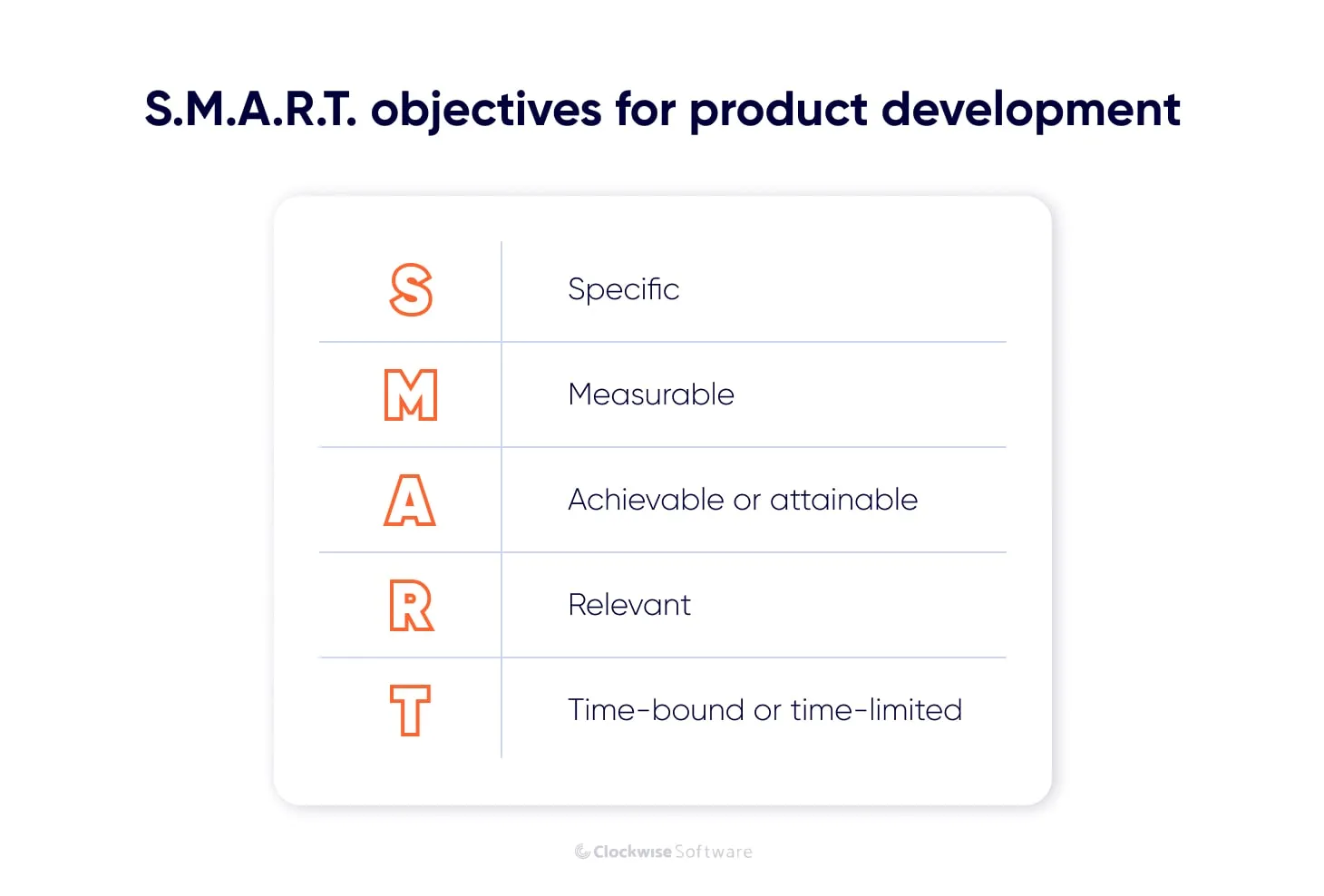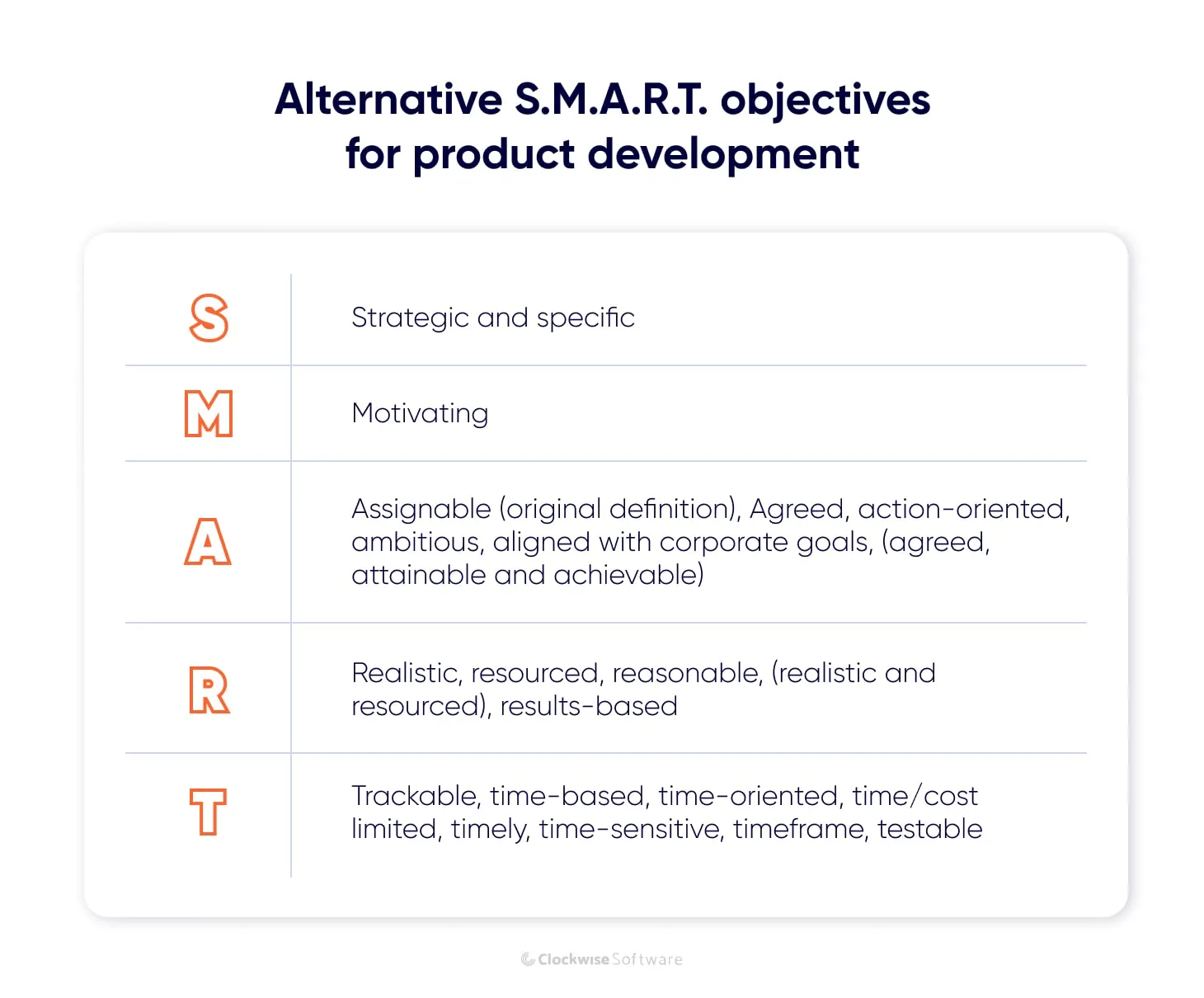What we do
Services
Experts in
What is the inception point of a software project?
Does your project start when a striking idea hits you after hours or months of brainstorming?
Or should we call the start the moment when the very first user installs your app?
Any software project should start with effective planning. Thorough preparation and clear plans create the perfect grounds for startup development and a product that may bring you users and recognition.
And while a project starts with a plan, a plan has its own starting point too.
It’s called a project brief.
A project brief is a description of your idea in a clear and simple format. It’s neither a 50-page essay that starts with childhood memories nor an email saying something like “I want to build an app similar to Buffer.”
This article will help you in getting through planning and pitfalls that may await you at the start of your project. You will find out why exactly you need a software project brief and what happens if you don’t create one. You’ll also discover the optimal structure for your brief and get the opportunity to download a free template to create your own.
This article will help you to jump-start your software project.
Let’s begin the journey.
A project brief, or a project charter, outlines the general idea of your project, its objectives, your budget, and the scope of work. Whether you’re planning to create a website, build a SaaS application, launch a spaceship, or upgrade a playground in your neighborhood, a software project brief is necessary before you get started. This document helps to ensure that all stakeholders involved in the project are on the same page and understand the project’s purpose and the next steps to take.
A project brief is the very first step of your planning; thus, the information described in it may be rather vague. You may see your idea clearly and be able to describe it in detail; however, before the project discovery phase, when your team still hasn’t developed the project requirements, it may be challenging to state the scope of work clearly and precisely.
A project brief for software application explains to your team what work you expect them to do.
Typically, a software project brief is not as detailed as a development plan. However, it depends on the particular case. For example, a project brief can become a draft for your future development plan. In another case, these two documents may be completely independent: you create a software project brief to reach out to your engineering partner, and together you create a project plan or a development plan.
Here are just a couple of benefits a project brief for software app may bring you and your future development partner:
When you’re about to start your next project and are looking for your engineering partner or a dedicated software development team able to deliver a high-quality app, time matters.
You compare offers, services, and prices. You talk to development team representatives, and during every call you repeat the same thing, describing what you want to build and how.
A software project brief can save you hours and hours. You can send it to a potential offshore software development partner, get an estimate, and compare that estimate to your budget and expectations.
When you cut the time from first contact to agreement and project start, you cut the time to market too.
When you’ve just come up with your idea, you have no project brief. So you reach out to a potential partner and verbally describe your expectations and requirements. During this conversation, the person you’re speaking with may miss some significant information, consider some details unimportant, or fail to understand the context of your entire idea.
A project brief for software app lays all this out, not in stone but in a digital document. You can always refer back to this document to make sure your partner understands your idea.
How much do you need to invest in your app? Not a single developer in the world can name a price before they know your expectations. With a software project brief, you can get an answer to this question in a matter of hours.
A brief is a good communication tool, and it comes into action even before communication starts. You can send it to your potential partner even before the first call, with no need to invest time and attention discussing something that will not grow into a successful partnership.
When a partnership starts, your brief serves as the very first whiteboard, helping all stakeholders, managers, designers, and engineers understand the project’s key characteristics and goals.
You can start a software project without a project brief if you plan to develop it yourself or when you have an internal engineering team you’ve worked with for a long time.
But before you decide on that, get acquainted with some of the potential consequences:
A brief gives you a general vision of the project. With its help, developers can provide you with rough estimates and explain how much time they may need to bring your idea to life.
Without a project brief — without a description of your project and its goals — it’s challenging to evaluate the scope of work and set an approximate release date.
There’s a possibility that the product you describe and the product your team imagines are two completely different products. Unless you have your vision described on a sheet of paper, you can never be sure that the result will match your expectations.
You and your engineering team can get along without a software project brief and even build a prototype to evaluate your idea. However, it may take several weeks before you actually see that the prototype doesn’t reflect your idea, and you may need to start all over again.
The resulting delay in releasing your product may cost you your entire business. To mitigate this risk, keep on reading and find out how to create an informative project brief for software app.
Before you kick off project development, take your time, grab a cup of coffee, and answer a few questions to define your product’s purpose, growth, and success.
You can start by gaining some inspiration from a TedTalk by Simon Sinek. He describes the Why? – How? – What? framework, which can help you make the right decisions and drive your business forward from the very beginning.
Why exactly do you want to build this product? Is there an obvious gap in the target market? Do users ask you about this product or its particular functionality?
As Simon Sinek says, “people don’t buy what you do; people buy why you do it.”
What methods, approaches, and tools may help you accomplish your goals? How do you want to build your product?
The how-related questions may be rather tricky to answer. It may be easier for you to answer them together with a co-founder with a technical background, or with your engineering partner.
When you know for sure why you want to go ahead with your objectives and how to turn your idea into a real application, you can see what exactly you should build. You can imagine the product’s design and even shortlist essential features.

The Why? – How? – What? framework can lead you to more precise questions:
There’s no one-size-fits-all structure for a brief. Different companies use different templates; each project is unique and may require additional elements to be added to the brief.
However, there are five main sections that are essential for every project brief.
Explain who you are and what you do. Say a few words about your company and the industry you work in. Describe brand details and even mention some of your competitors to help readers and potential partners better understand you and your mission.
Describe your project by answering Why? How? and What? questions. Write down everything you can about your idea, vision, plans, and even design.
Ask yourself if there’s any specific detail your team should know about this project before development starts. Provide context and examples to ensure you and the readers of your brief will be on the same page.
In 1981, Management Review provided a paper about the SMART way to write objectives by George T. Doran. SMART is an acronym for essential features of management objectives:

These days, SMART has been adapted for a modern management approach:

Set SMART criteria for your project and add them to your brief.
Who are you building your product for? Can you imagine the real user of your future product? Or do you make data-driven decisions and have analytics that demonstrate who will use your app?
Define basic data like the age, gender, location, main interests, and education or background of your app’s users.
Time frame and budget
Set a due date. When would you like your app to be up and running, available in the App Store and Play Store? Can you define a deadline?
To set a realistic deadline, break your project into a series of milestones. For example, here is what the key milestones may look like:
|
Phase |
Minimum duration |
Deadline |
|
Project discovery and documentation development |
4–6 weeks |
|
|
Design |
4–8 weeks |
|
|
Prototype |
4 weeks |
|
|
MVP development |
6–9 months |
|
|
Bug fixes and project upgrades |
4 weeks |
|
|
Release of the first version includes all the aforementioned phases and may take up to 1 year from the start of project discovery. Estimated date of project release: |
||
Note that this table is only an example based on our experience. To set a date for your application release, you need to talk to your development partner. In this section, you can only describe desirable dates and your available budget. You can later add details and more accurate data after a discussion with your development partner.
Your efforts should lead to a measurable result. What factors will prove your project’s success in the future? Think about how to quantify your goals and provide your vision in this part of your brief.
Once you add these elements to your software project brief, you will get an initial version of your project plan.

What’s next?
You can send your project brief to every company you’re considering as your potential development partner. Based on your brief, companies can evaluate and estimate the time and cost to develop your project and provide you with their forecasts and assumptions. From a long list of potential partners, you can choose the one that most closely matches your requirements and expectations.
A project brief will help you meet a dependable development partner for long-term cooperation.
Together with your development partner, you can enhance your project brief for software app to make it a powerful document that will help you proceed with further planning and documentation development.
There are three key milestones in developing a project brief:
Think over your idea
Draft a brief and fill gaps in your vision
Update the brief and start working on a project plan together with your development partner
Now when you know how to write a project brief, it may take up to five days for you to complete a simple version. You can use Clockwise Software templates to get it done in several hours and reach out to, for example, Ukraine software outsourcing companies as soon as possible.
Together with an engineering team, you can enhance your brief with more sections, such as:
And many more.
The final form and structure of your project brief depends on your unique idea and expectations. Once your project brief is ready, you can proceed with further steps in the project discovery and development phases.
